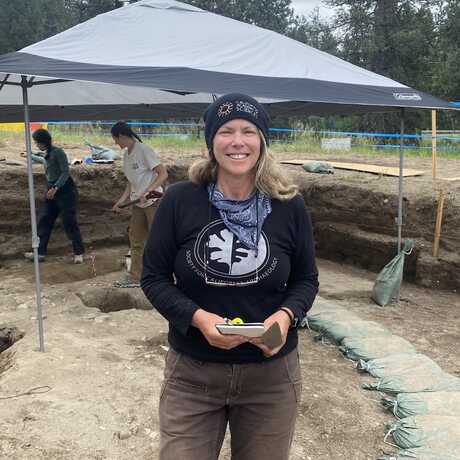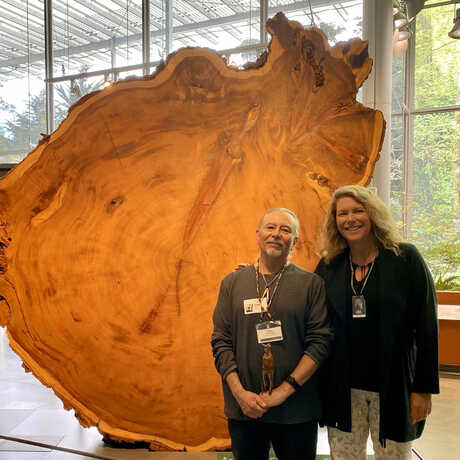From a young age, I was always really interested in exploring the world and other cultures, which sparked my interest in anthropology. Some of that stemmed from familial and childhood experiences: My mom used to take me to the library, museums, and the science center, and I was inspired by watching environmentalists like Jacques Cousteau, Jane Goodall, and David Attenborough on National Geographic and BBC. And as silly as it sounds, I’m Canadian, and navigating the culture shock of moving to America and changing schools multiple times when I was a kid forced me to recalibrate everything and change how I navigated the world.
Though I’ve always been interested in people and culture, I prefer to call myself an anthropological archaeologist. One of the first things that hooked me was going to my first archaeological field school, experiencing the joy of discovery which cuts across a lot of the sciences, whether it’s describing a new species, unearthing an artifact, or exposing new truths about people. That’s the main thing that draws me to my fields, since it helps us learn about people, and particularly those whose voices have historically not been heard.












